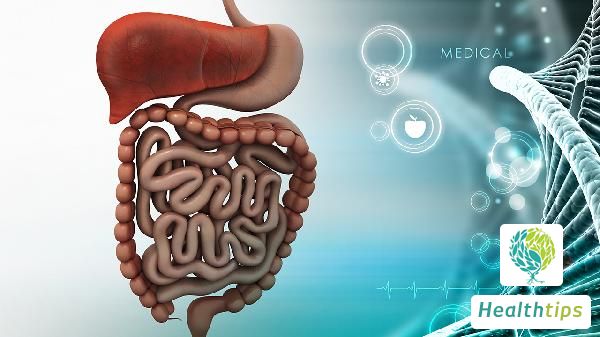Can a CT Scan of the Lungs Detect Pulmonary Embolism?
Diagnosis and Treatment of Pulmonary Embolism via CT and Medical Advice

Generally, pulmonary embolism (PE) can be detected through a lung CT scan. In case of suspected PE, patients are advised to seek medical attention promptly and undergo treatment under the guidance of a physician. PE typically arises from conditions such as slow blood flow and venous endothelial injury, leading to blood clotting within the vessels. Symptoms may include dyspnea (difficulty breathing) and chest pain. When PE occurs, imaging examinations like chest X-rays or CT scans can reveal large, patchy shadows in the lungs, accompanied by notable inflammatory responses and edema. These findings can help confirm the presence of PE.
For patients diagnosed with PE, anticoagulant therapy may be prescribed, including medications like low-molecular-weight heparin calcium injection and warfarin sodium, administered under a doctor's supervision. Additionally, adjunctive therapy with drugs like rivaroxaban tablets and apixaban tablets can be used as per doctor's recommendations for further improvement. In severe cases, surgical interventions like catheter-directed thrombolysis or mechanical thrombectomy may be considered to alleviate symptoms.
Moreover, it is crucial to prioritize rest, avoid overexertion and late nights, maintain a positive mindset without undue stress, as these factors can impact recovery. Diet-wise, opt for light and easily digestible foods, limit spicy, greasy, and stimulating foods, and consume plenty of fresh fruits and vegetables to replenish essential nutrients. Should any notable discomfort arise, immediate medical attention and compliance with treatment plans are essential.



















